Seraph of the end Tome 23
Extraits

Shonen/garçon
Seraph of the end Tome 23
06/2022

Shonen/garçon
Seraph of the end Tome 22
02/2022

Shonen/garçon
Seraph of the end Tome 26
07/2023

Shonen/garçon
Seraph of the end Tome 24
12/2022

Shonen/garçon
Seraph of the end Tome 25
03/2023

Shonen/garçon
Seraph of the end Tome 28
03/2024

Shonen/garçon
Seraph of the end Tome 29
07/2024

Manga
Seraph of the end Tome 19
09/2020

Manga
Seraph of the end Tome 14
06/2018

Manga
Seraph of the end Tome 15
11/2018
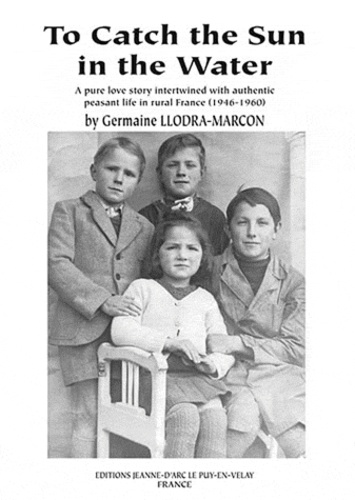
Critique littéraire
To catch the sun in the water
07/2001
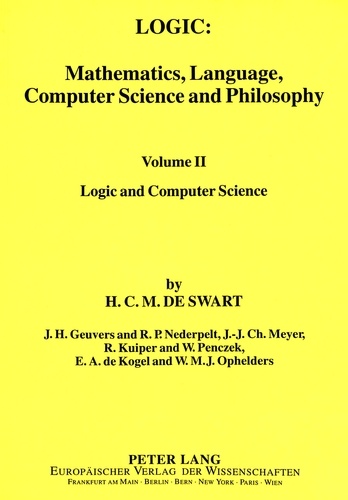
Droit
Logic: Mathematics, Language, Computer Science and Philosophy
05/1994

Philosophie
Issues in the Philosophy of Language Past and Present
11/1999

Monographies
Hilma af Klint. The Five Notebook 1
01/2022

Histoire et Philosophiesophie
The Undergrowth of Science. Delusion, self-deception and human frailty
01/2000

Anglais apprentissage
Tales from Longpuddle
07/2010

Non classé
The Concept of Man in Igbo Myths
11/1999

Histoire et Philosophiesophie
Charles Darwin's Zoology Notes & Specimen Lists from H.M.S. Beagle
01/2000
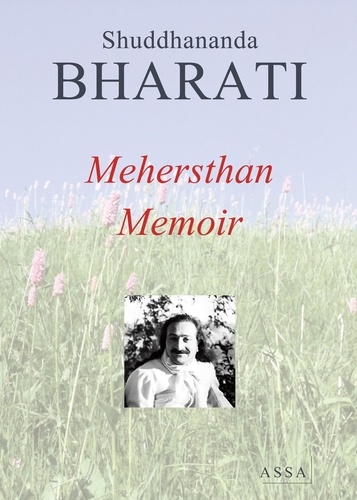
Littérature française
Mehersthan Memoir (Meher Baba)
07/2017

Non classé
Experimental Social Dilemmas
12/1986
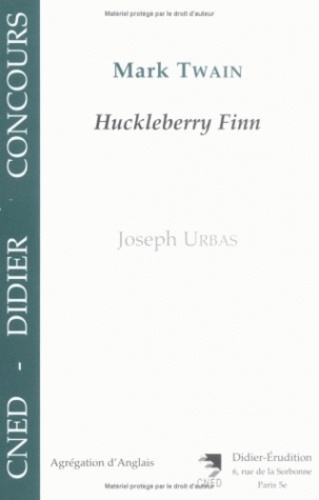
Anglais apprentissage
"Adventures of Huckleberry Finn" by Mark Twain (S.L. Clemens)
07/1997

Religion
The Second Story of Creation (Gen 2:4-3:24)
11/2010

Anglais apprentissage
A multitude of Sins. Richard Ford
11/2007
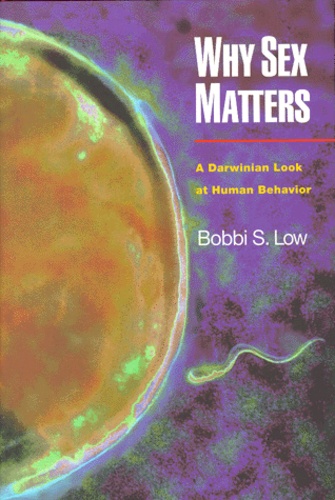
Histoire et Philosophiesophie
WHY SEX MATTERS. A Darwinian Look at Human Behavior
01/2000

Sciences politiques
The Structure of Political Communication in the United Kingdom, the United States and the Federal Republic of Germany
11/1987

Musique classique
Songs of Love. 12 Romances. 12 Lieder. Soprano (tenor) and piano.
12/2023
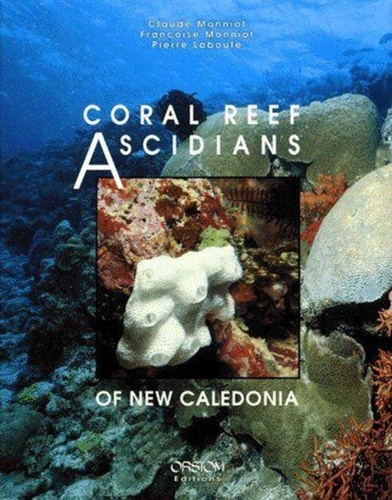
Sciences de la terre et de la
Coral reef ascidians of New Caledonia
08/1991

Histoire et Philosophiesophie
Thinking about Physics
01/2000
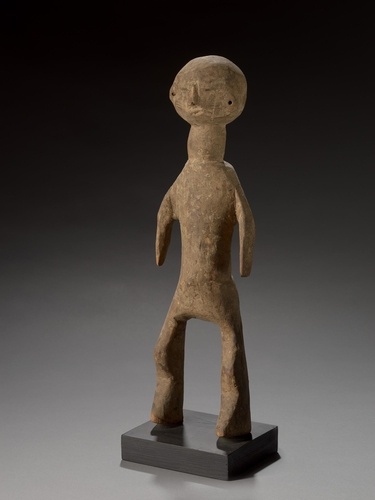
Monographies
Arts du Nigéria Central revisités. Mumuye et peuples environnants
05/2023

Lectures graduées
Death of a Salesman
08/2021
